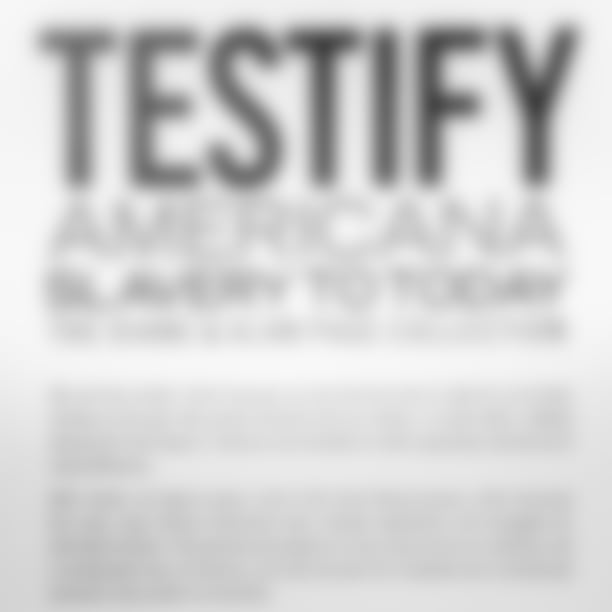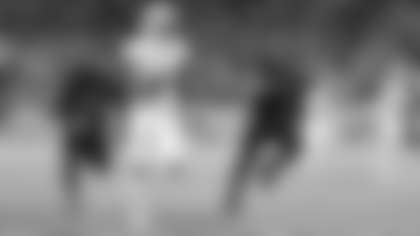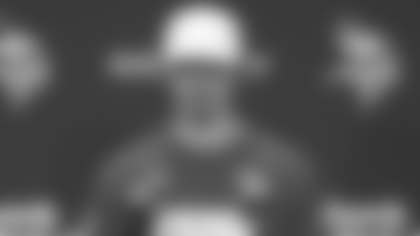MINNEAPOLIS — A powerful journey through American history — from a horrendous past marred by slavery and segregation to eventual triumphs — has been enabled through artifacts collected by Vikings Hall of Famer and Retired Minnesota Supreme Court Justice Alan Page and his wife, Diane.

Testify: Americana from Slavery to Today is currently on display inside Cargill Hall at Hennepin County Library — Minneapolis Central (300 Nicollet Mall).
The collection was arranged by Georgi Page-Smith, one of the Pages' daughters, and is intended to bear witness to the past through a truthful retelling of a complicated story of America.
The collection begins with a slave-made brick that was used in the original construction of the White House (1792-98) and points out the disconnect between the proclamation that "all men are created equal" in the Declaration of Independence (1776) and the concurrent existence of slavery.
A handmade banner that was displayed in 1865 alongside the railroad funeral progression of President Abraham Lincoln and has been well-preserved for more than 150 years is on display in the center of the room. Just beyond it, however, are signs from the Jim Crow era that forced segregation once slavery was eradicated.
Numerous objects in the collection challenge guests with authentic reminders of struggle, and others celebrate achievements. The exhibit is scheduled to continue through Feb. 6.
Vikings.com recently asked Page, who is scheduled to speak at 1:30 p.m. Wednesday, about the collection.
"Well, for Diane and I, we're at a point in life where we're thinking about, 'How do we continue to make contributions?' Given the state of race relations in the country, we thought being able to share these items — some of which are very moving, some of which are very disturbing and some of which are very beautiful — we thought this would be a good way to encourage the conversation and a good way to challenge people to look at the past so that we can have a better future.
"These are all items that existed in our history. As an example, the Abraham Lincoln [funeral] banner, when you're in its presence, it feels as if it takes you back to 1865. That's a pretty powerful thing.
"Some of the slave-related items take you to the place where they were used and challenge you in the sense of being painful to look at, but also challenge you in the sense of giving context to where we are today and what we have to overcome. In essence, what we're talking about in terms of, at least as I see, race relations, we have this past, and that past, even though we look at it as though, 'That was then and this is now,' the reality is the effects of that past continue through today."
"The discrimination that took place then has the same effects today. We tend to think, as I say, if I can create sort of the analogy, we think about the digital world we live in, and we think about data points. Well, our history is analog, and it carries itself through. We're not just here at this specific data point. We didn't just start here, and it won't just end here, but all of those other points along the way are carried through.
"We think that the exhibit will go a long way toward helping people understand that and understand why we need to make change today. The bottom line is we need to deal with the present effects of that past discrimination."
Page noted that the exhibit goes beyond objects of oppression to include objects of expression.
"There are incredibly beautiful things there that show the side of African-American culture, which we don't often talk about or don't talk about enough, and we wanted people to both be challenged and to be hopeful and hopeful in the sense that we can make a better future and challenged in the sense of actually taking steps to make that future better," Page said.
















